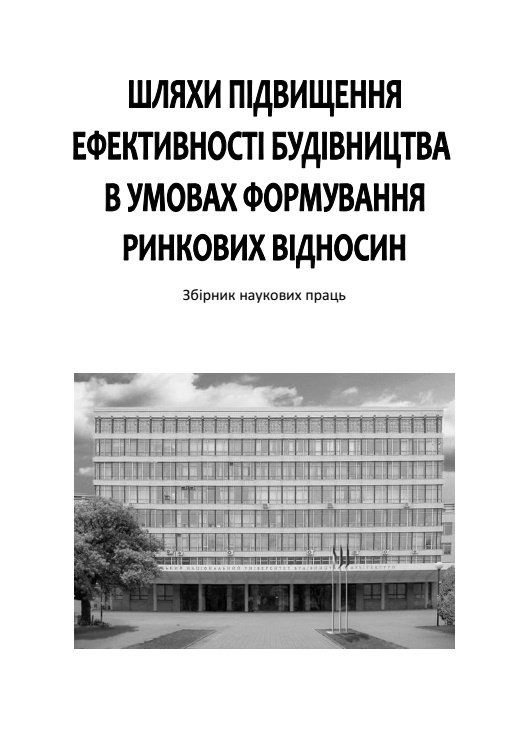Modern software in planning building manufacturing
DOI:
https://doi.org/10.32347/2707-501x.2019.39.97-100Keywords:
software, calendar planning, resource allocation, work schedules.Abstract
Using of modern computer software reduces the duration of scheduling; finds flaws and errors; and also quickly corrects data.
References
В.М. Майданов, Ю.П. Шейко, Г.М. Шейко / Організаці і планування будівництва – К.: Урожай, 1993 – 432с .
Галузеві норми часу на будівельні, монтажні та ремонт-но-будівельні роботи. Збірник ГН 3: Кам’яні роботи. – Київ: УкрНДЦ Екобуд, 2006 – 68 с.
Абрамчук М., Марковский М. Технология интенсивного строительства: Архитектура и строительство. 2003. - № 2. - С. 36-37
M.E. Rinker. Alternative residential construction systems, Second edition: Sr. School of building construction college of design, construction and planning university of Florida. Gainesville, Florida, USA, 2001 – 50p.
Макарова Н.В., Трофимец В.Я., 2002. Статистика в Excel: Учеб. пособие. – М.: Финансы и статистика. – 368.
Гмурман В.Е., 2003. Теория вероятностей и математическая статистика: Учеб. пособие для вузов. – М.: Высш. шк. – 479.
Downloads
How to Cite
Issue
Section
License

This work is licensed under a Creative Commons Attribution 4.0 International License.
Authors who publish with this journal agree to the following terms:
- Authors retain copyright and grant the journal right of first publication with the work simultaneously licensed under a Creative Commons Attribution License that allows others to share the work with an acknowledgement of the work's authorship and initial publication in this journal.
- Authors are able to enter into separate, additional contractual arrangements for the non-exclusive distribution of the journal's published version of the work (e.g., post it to an institutional repository or publish it in a book), with an acknowledgement of its initial publication in this journal.
- Authors are permitted and encouraged to post their work online (e.g., in institutional repositories or on their website) prior to and during the submission process, as it can lead to productive exchanges, as well as earlier and greater citation of published work (See The Effect of Open Access).

